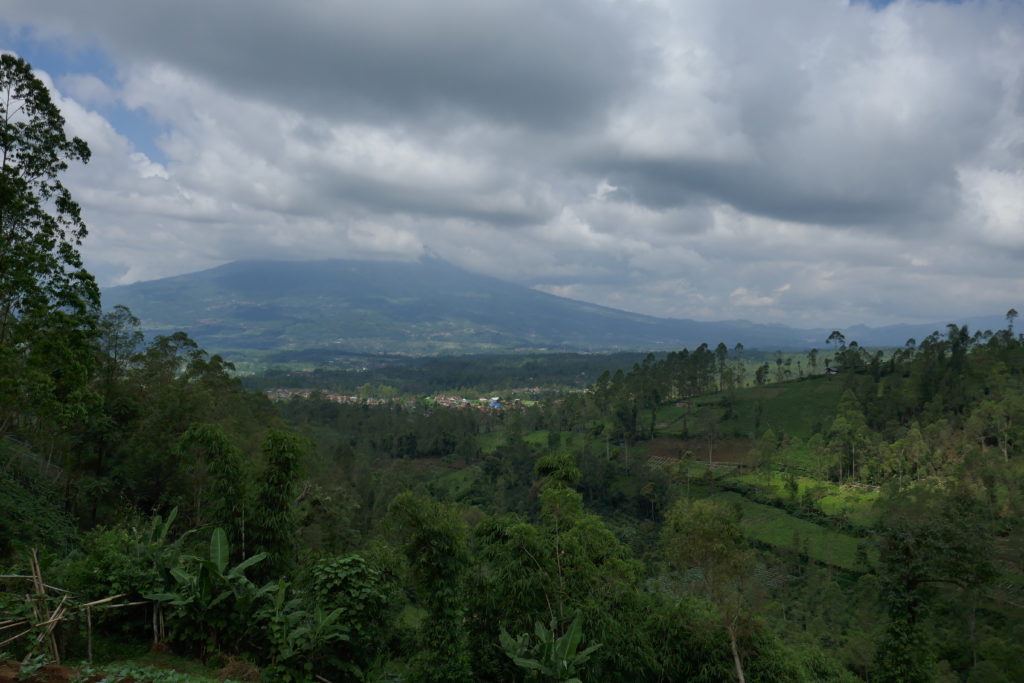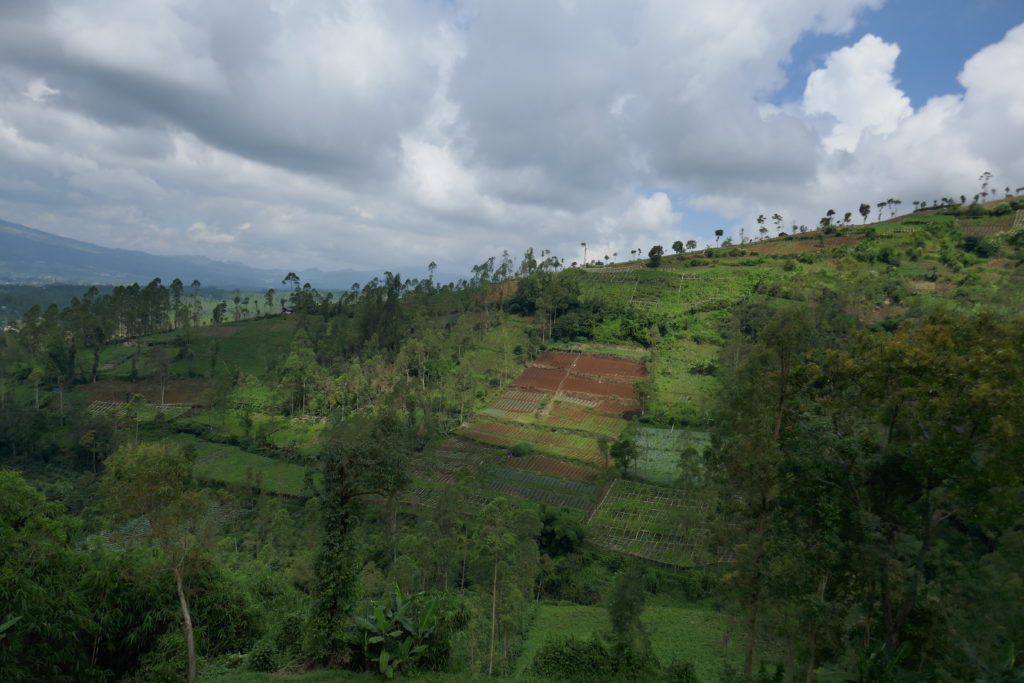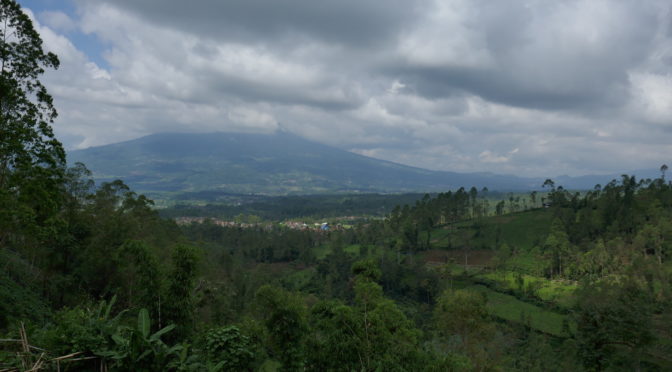Hello everyone, my name is Keely Maynard. I’m at the Little Fireface Project (LFP) field station in Cipaganti, and am interested in juvenile and infant slow lorises. I only arrived a little more than a week ago, so my experience so far has been learning about nocturnal observations and what life is like in the jungle of West Java.

Setting the Scene – an Agricultural Jungle
Firstly, while I knew that these slow lorises lived in an agroforest, I truly didn’t understand exactly what that meant until I arrived. An agroforest means that the habitat consists of a mix of agricultural land and some forest. As you can see in the short video below, this is not exactly what pops into your head when you think about primates in the wild. However, so far it seems that slow lorises have adapted to their changing habitat quite well.
Connectivity – A Problem for Slow Lorises
Slow lorises cannot physically leap across gaps in the canopy. Therefore, they are forced to go to the ground, which can be quite dangerous. For example, last night One Eye, an adult female, decided to leave the jiengjen tree where she had been feeding on gum. There was a small problem, though. The tree was on the edge of a green onion field, meaning she had nowhere to go but down. After a few minutes she swiftly climbed down the tree and traveled across the field to some nearby bamboo. It was a very brave move from a very tough lady. While adult slow lorises are able to navigate their ever changing habitat quite well, how juveniles and infants use their habitat is one of the main things I’m hoping to figure out.

Agroforestry – How this Helps
One of the main initiatives of LFP is an agroforestry program, which aims at increasing connectivity between the forest fragments. By growing loris and farmer preferred trees, and planting them between the fragments, connectivity will increase. LFP aims to increase the connectivity for the lorises and also plant trees that benefit the farmers. It’s a win-win for everyone involved!

